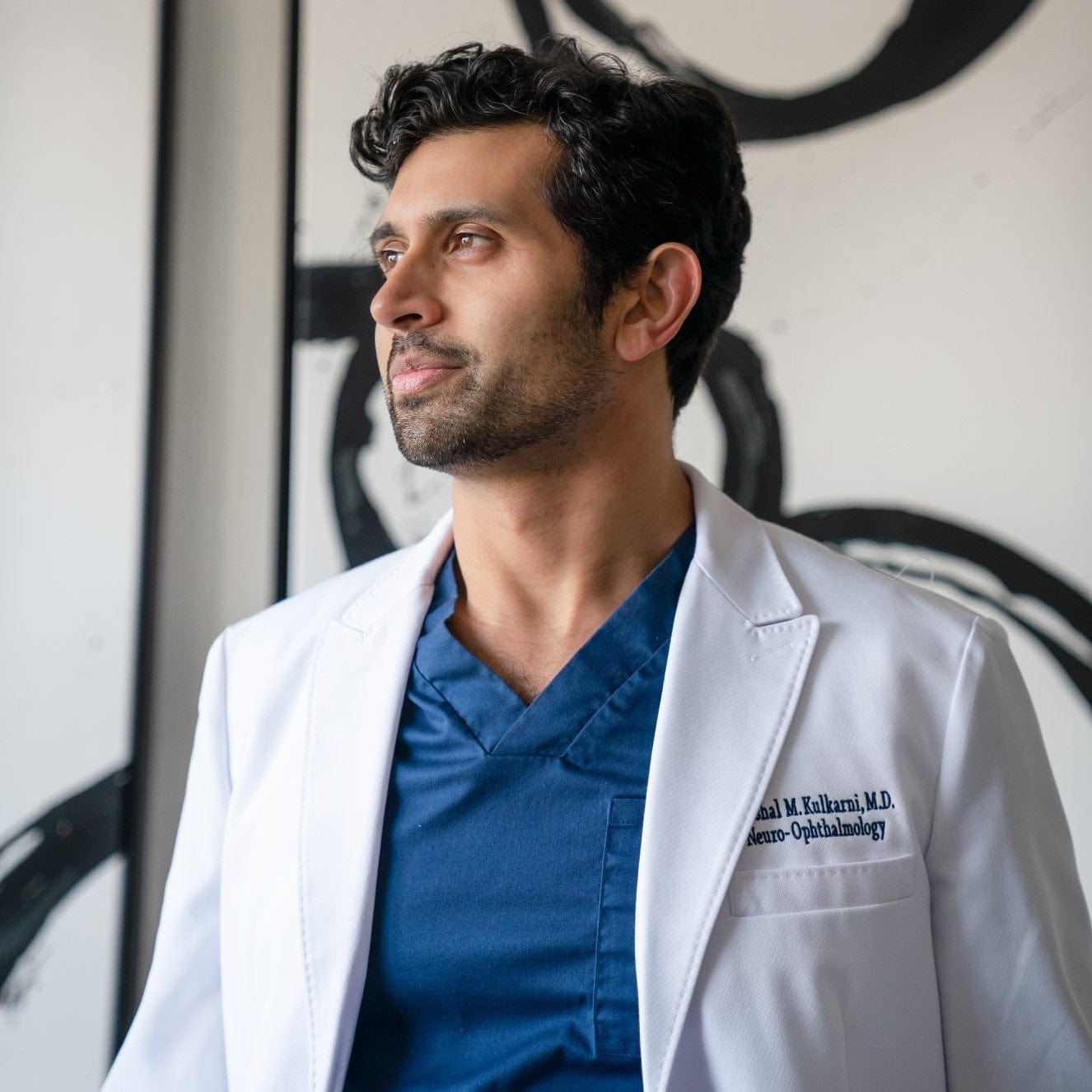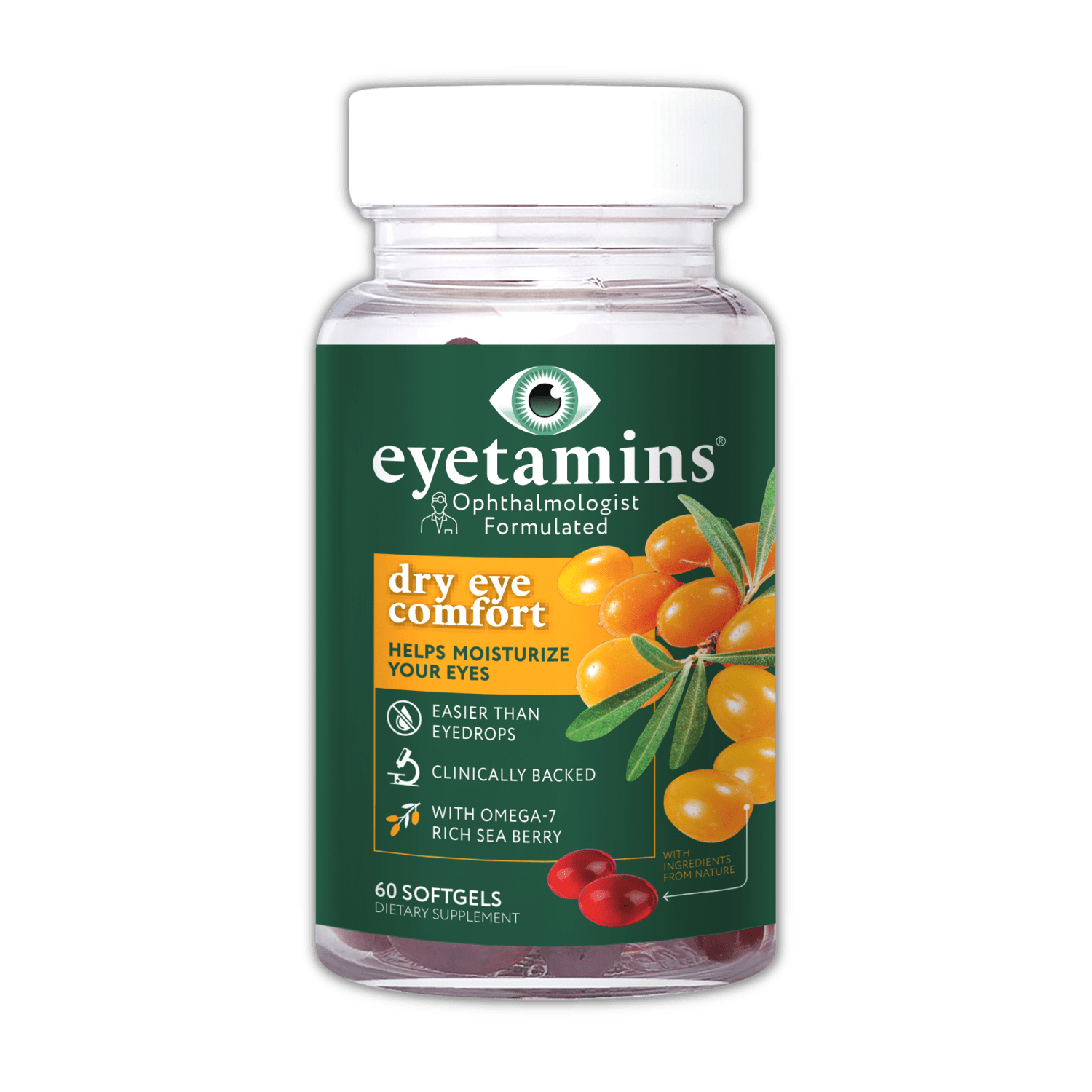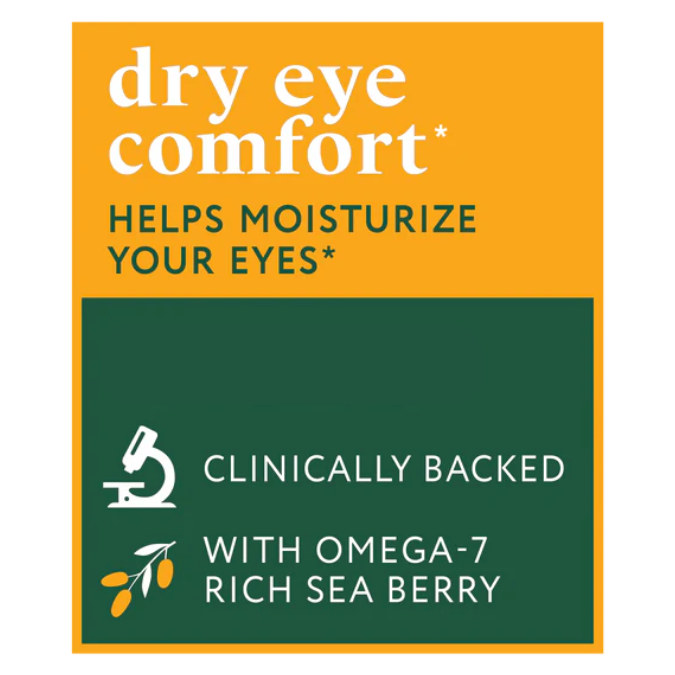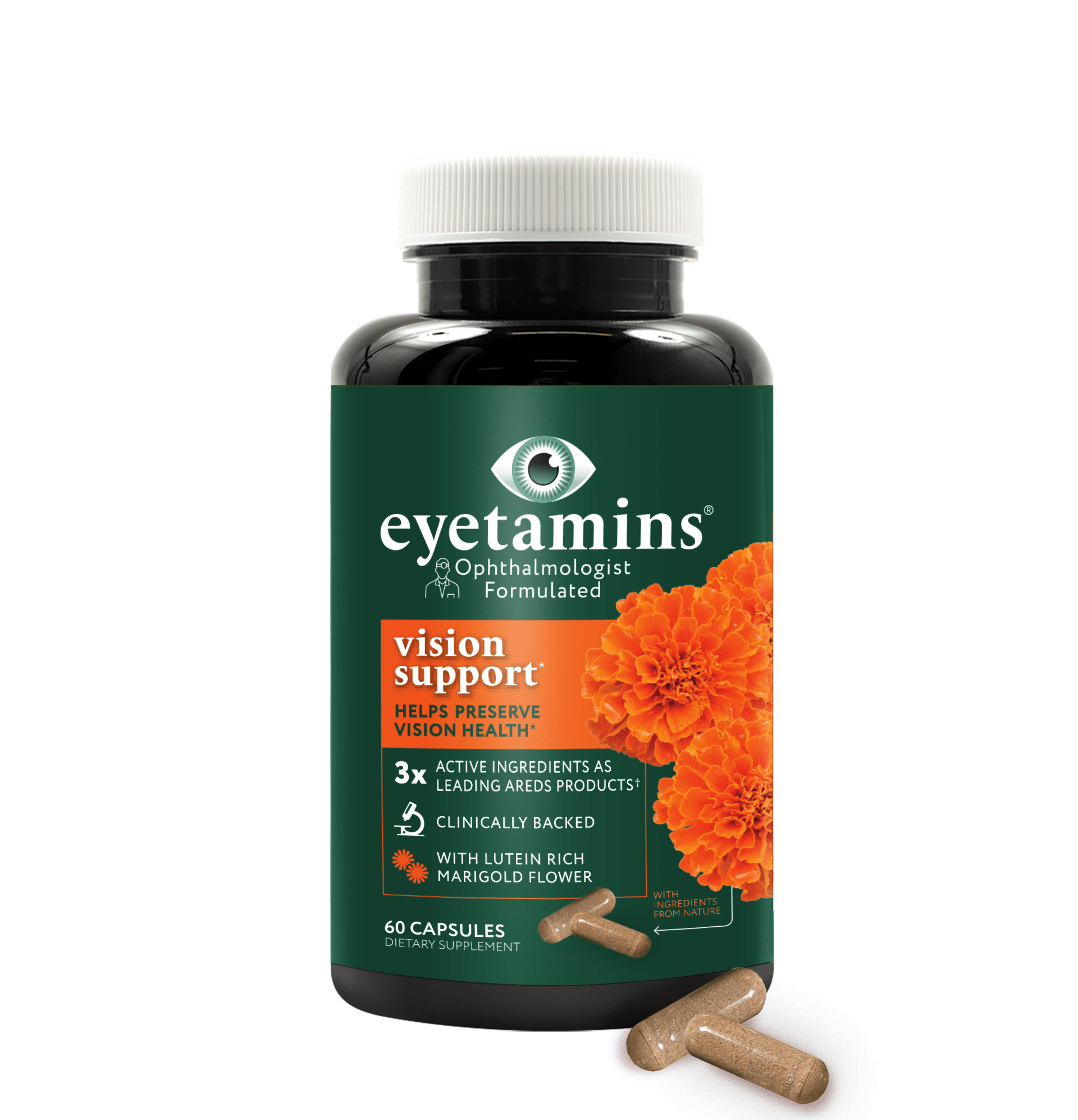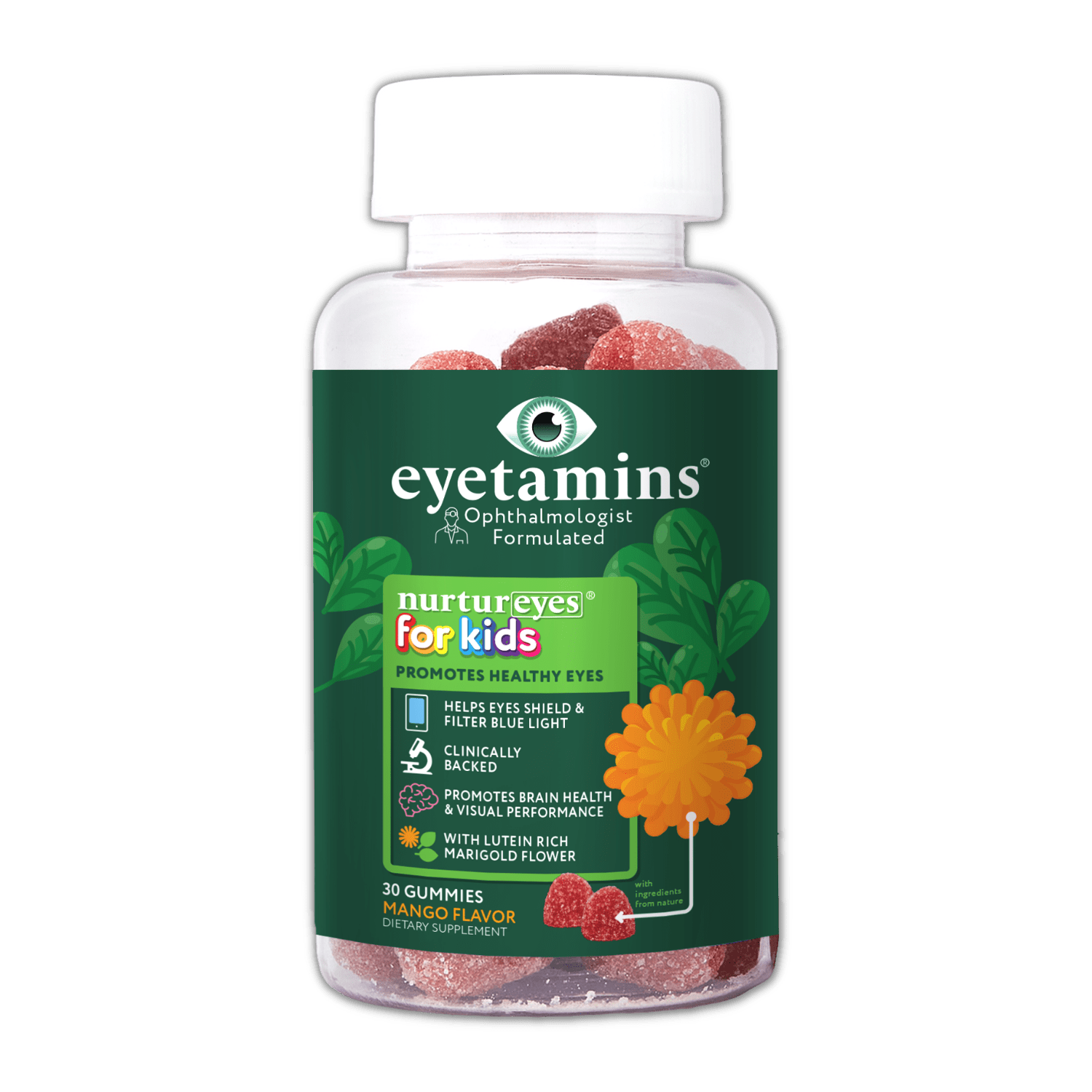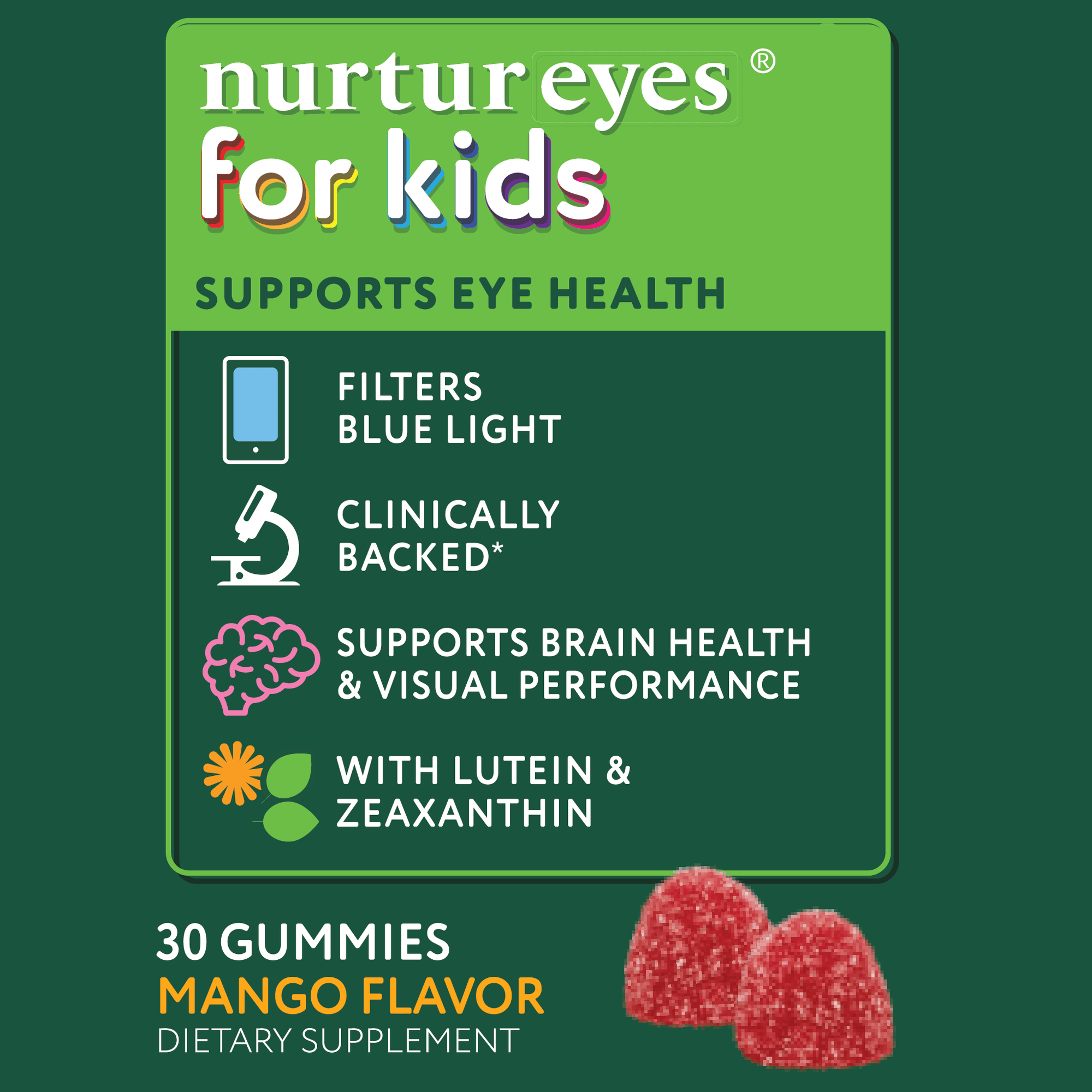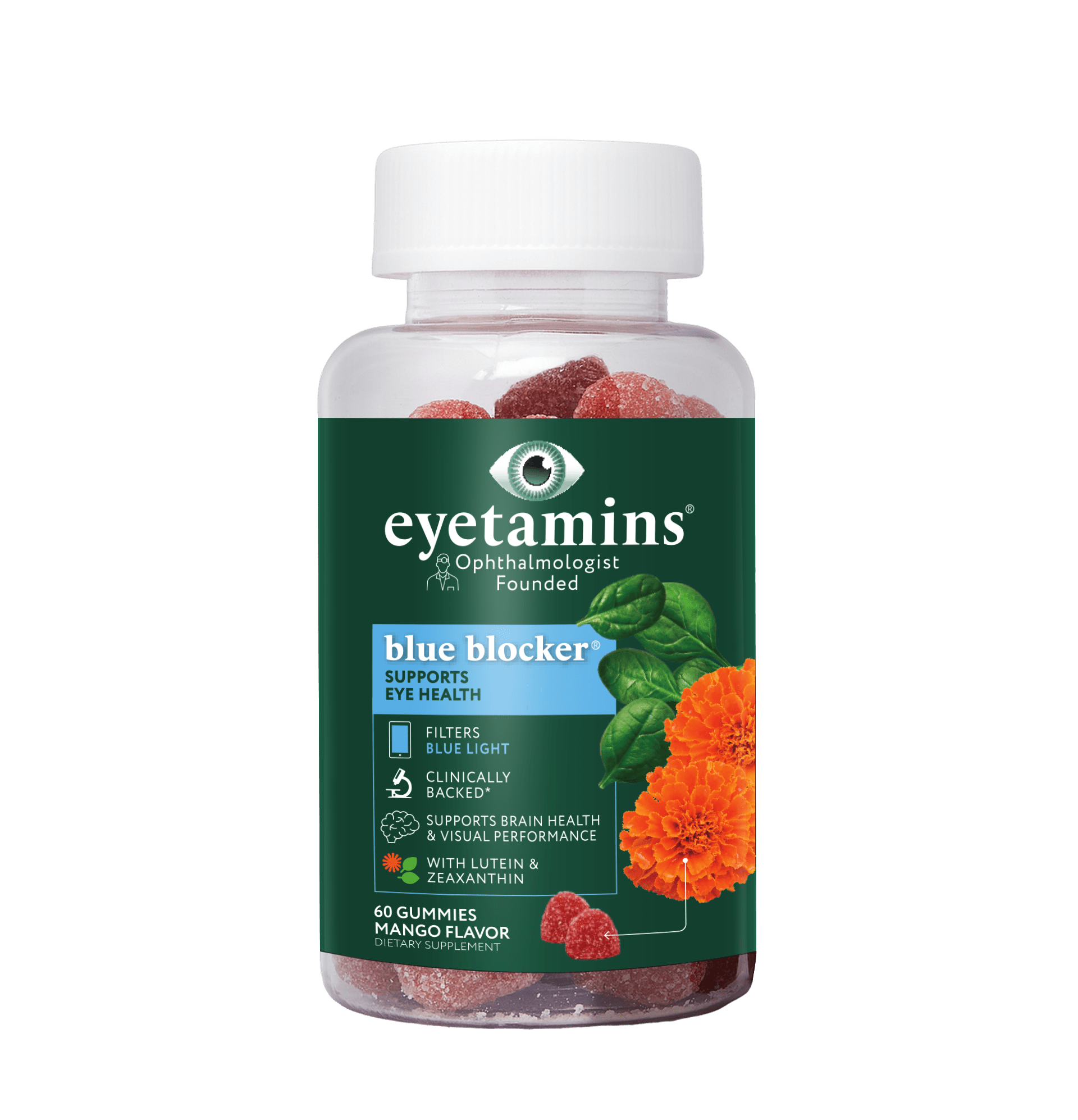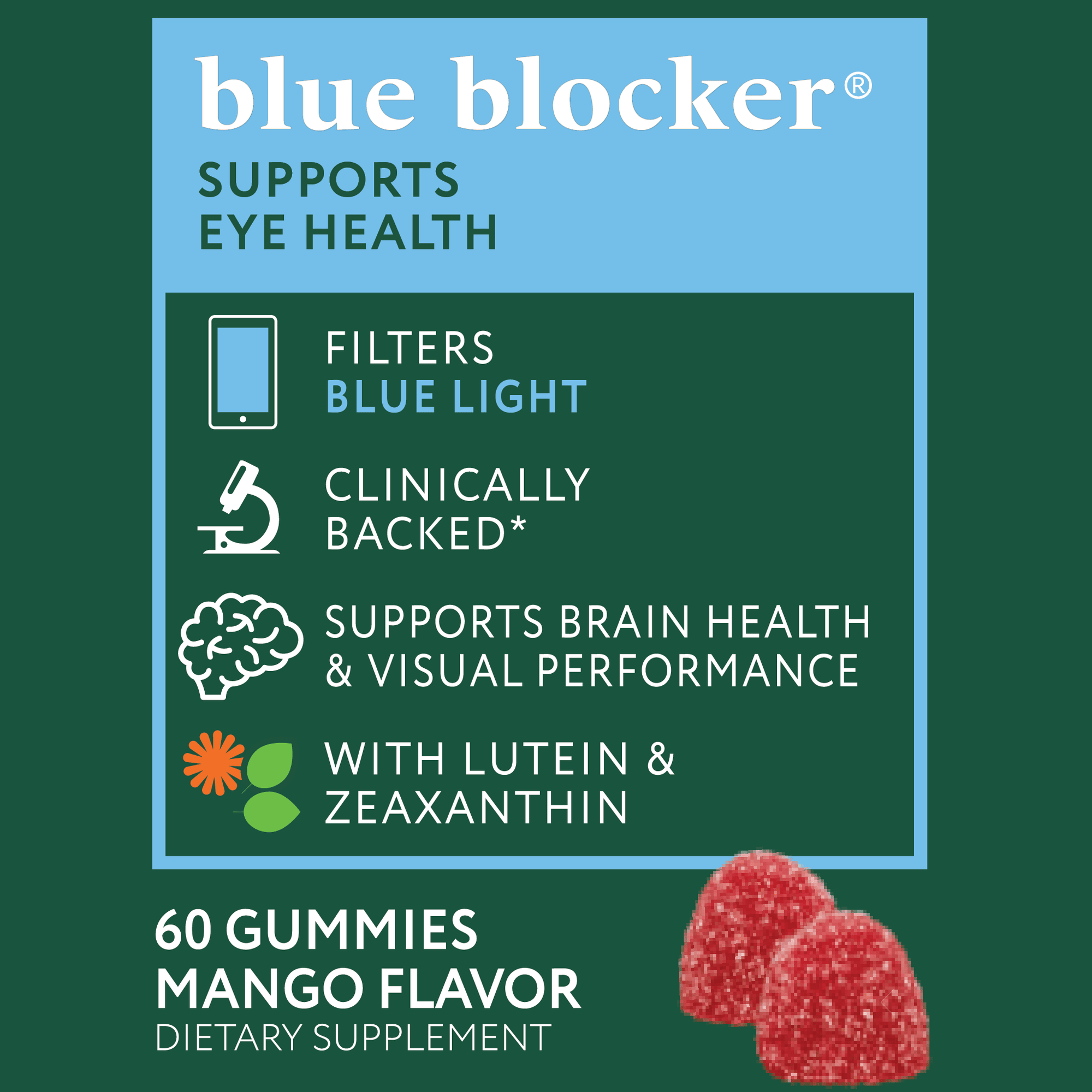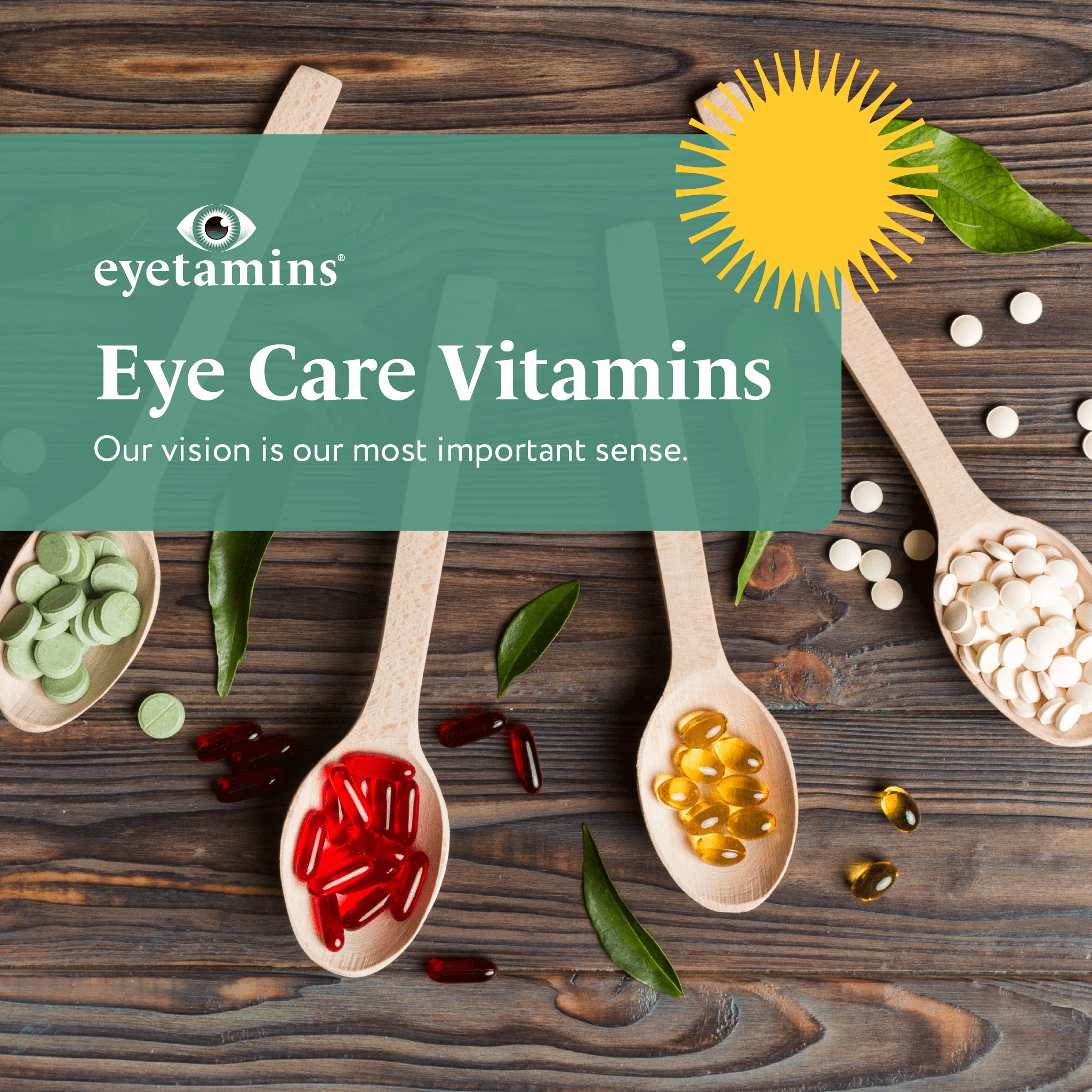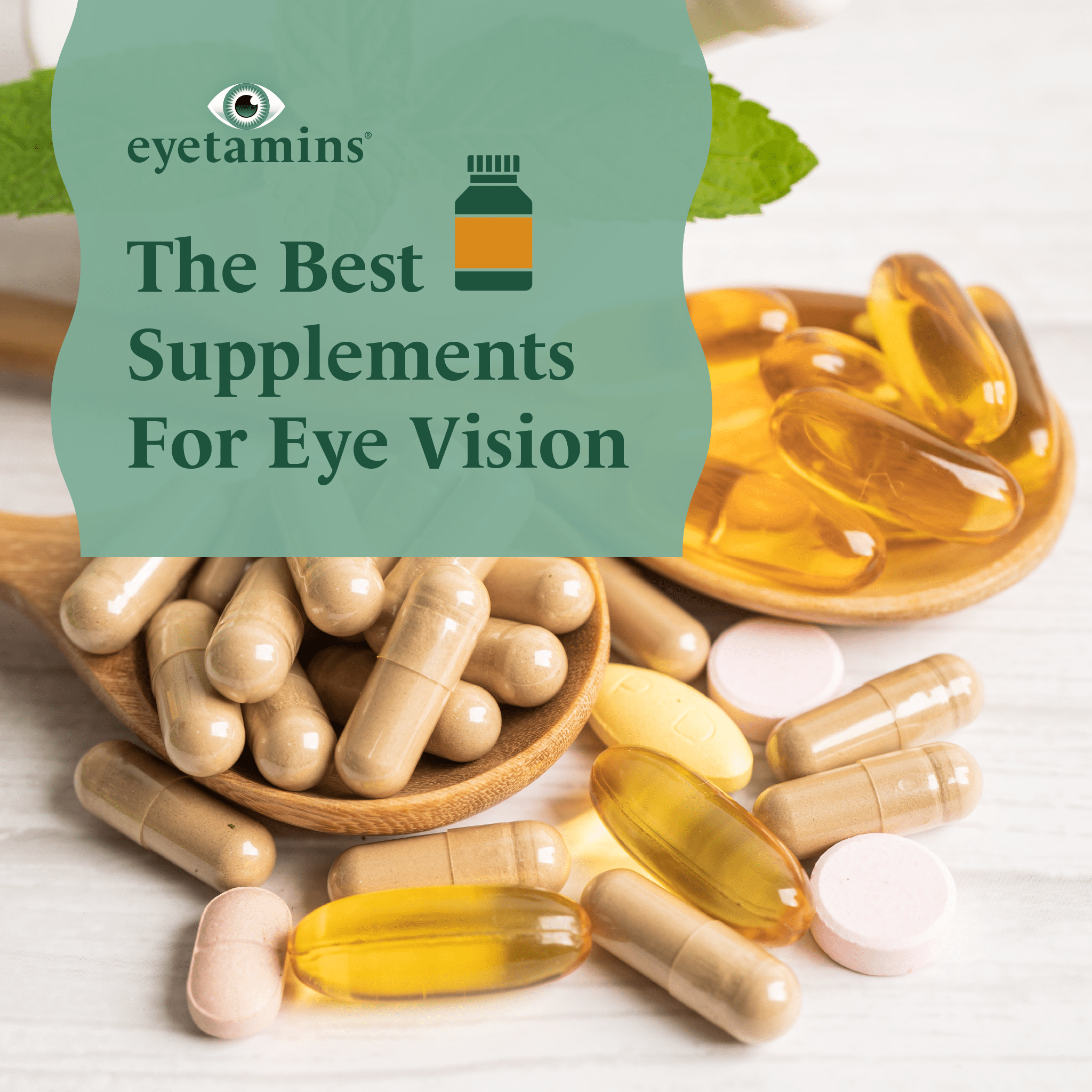· By Dr. Kaushal M. Kulkarni, M.D.
The Dry Eyes Guide: Dry Eyes Treatment, Symptoms, & Research
When your eyes are burning, it can be annoying, uncomfortable, irritating, and leave them feeling tired and longing for relief. Have you ever been watching a movie or working on your laptop and felt that sandy, desert dryness creep across your ocular surface? Blinking allows you to feel moisture for a split second, but with no lasting relief. You take your artificial tears out of your pocket and desperately try to squeeze the last remaining drop onto your eyeball, but the relief is short-lived. In a worst-case scenario, you are forced to take prescription drops for dryness which burn your eyes even more.
Dry eyes are a common affliction that affects up to 1 in 4 people. In this article, we will break down your options for you, as well as some of the most common symptoms and causes, long-term health effects, and what you can do to help the symptoms.
Dry Eye Symptoms
Tears aren’t just for crying. Tears provide essential moisture and nutrients to your cornea, and lubricates the surface of your conjunctiva. This function is quite important for the health of your cornea, as well as the functionality of your vision. Tears are a mix of water, oils, mucus, and contain antibodies that prevent and fight infection. The lacrimal gland and its accessory glands underneath your eyelid produce these tears. When your ocular surface is too dry, it could mean a part of your tear production and maintenance system isn’t working properly. If that happens, your eyes may:
- Feel gritty
- Feel sandy
- Feel like there is something in your eye
- Feel itchy
- Be red
- Have blurry vision
- Have double or triple vision
- Feel sensitive
- Feel light-sensitive
- Run water
Now in some cases, dry eyes may cause a seemingly opposite effect called reflex tearing. This is when the dryness sends a signal to the nervous system to produce excess tears. But when these excess tears are produced, it overwhelms the system, causing tears to overflow. These tears are not like normal tears in that they are mostly water. Because there isn’t much oil to them, they do not actually do you much good in terms of lubricating your surface.

What Causes Dry Eyes?
Let’s talk a bit about what causes this condition in the first place.
There are lots of things in our natural environment that can cause dry eyes, and modern lifestyles also contribute to this problem.
For many of us, long hours are spent in front of computer screens, and this can be the cause of some of your dry eyes symptoms. Screens are an increasingly regular part of our personal and professional lives, so our eyes tend to get little time to rest.
Being aware of what could be causing or contributing to your problem can help you find the right dry eyes treatment.
Some common causes include:
- Air conditioner, heater, fan, or hairdryer use
- The aging process, especially menopause
- Side effects of medications like antihistamines
- Sjogren’s syndrome, rheumatoid arthritis, diabetes, or thyroid condition
- Skin conditions like rosacea, psoriasis, scalp and face dermatitis
- Your eyelids are unable to close properly because of bulging eyes or lack of complete closure of your lids (lagophthalmos)
- Reading, computer usage, driving, or watching TV for long periods
- Being in a dry, windy, dusty, or smoky environment
- Wearing contact lenses
- You have just undergone LASIK or another kind of refractive surgery
Many of these causes of dry eyes are things we’re exposed to on a regular basis. We all spend time in front of screens, in air conditioned or heated room, and we’re all susceptible to dusty environments.
While you can’t avoid these scenarios, you can help protect your eye and provide relief from dry eyes.
Dry Eye Syndrome (DES)
When your ocular surface is chronically dry, this may be from a condition called Keratoconjunctivitis sicca, also known as dry eye syndrome (DES), or dry eye disease (DED). This is when your glands do not make enough tears, or they evaporate too quickly. Your eyes at this point are basically inflamed.
DES is quite common. Tear production decreases with age, so it is no surprise that this condition occurs in up to 70% of older adults. It can have quite an impact on one’s quality of life. You may find yourself often visiting your ophthalmologist due to irritation and visual impairment. Most of those who have this condition only have mild irritation and do not experience long-lasting consequences. However, if untreated or if it worsens, damage can occur, which can result in impaired vision, or vision loss (though rare).
Aqueous Tear Deficiency (ATD):
As stated earlier, Dry Eye Syndrome occurs when you either don’t have enough tears, or they evaporate too quickly. About one in ten cases are due to aqueous tear deficiency (ATD). This is when the tear glands, or lacrimal glands, don’t produce enough tears to keep the conjunctiva (the thin lining on the inside of the eyelids and front part of the eye) and cornea covered completely. This happens to healthy people and is often associated with increased aging and postmenopausal women.
- Evaporative Dry Eye (EDE): The more common form of DES is the evaporative dry eye (EDE), which accounts for 85% of cases of this disease. EDE occurs when your meibomian glands are blocked or inflamed. These tiny glands are located on the margins of the eyelids and produce oil that coats our eye surfaces. The blocking of these glands can cause your tears an oil deficiency, meaning they won’t contain the right amount of oil which keeps them from evaporating. One reason your meibomian glands are blocked could be due to infrequent blinking. Infrequent blinking causes debris to accumulate on the edge of your eyelids, which in turn blocks the meibomian glands. This commonly occurs over long periods of computer usage, driving, or reading.
- Complications: Dealing with DES will bring about many complications in your life if left untreated. Being aware of these complications can help you to understand just how bad your case is, and when a treatment plan will be necessary. Here are some possible complications to DES:
- Inflammation: Inflammation has been linked as both a cause and/or consequence of DES. Most of the people suffering from DES have chronic inflammation in the tear glands and conjunctiva. This manifests as swelling. As with other parts of the body that can be affected by inflammation, this chronic swelling can permanently damage the tear gland tissue to where it eventually becomes unproductive. Inflammation comes into play differently in ATD and EDE. In EDE, it is usually a secondary consequence of abnormal tear film. With ATD however, it is usually the primary irritant, which continues to perpetuate itself.
- Infections: We have previously mentioned that tears contain antibodies that fight infections. If you are left without adequate tears, this means you have an increased risk of getting an eye infection.
- Damage to your surface: If your DES is left untreated, it can cause more than just dry eyes, it also causes abrasions to the corneal surface. The corneal abrasions occur when the surface has been scratched by particles due to not having enough lubrication. Corneal ulcers occur when there is an open sore on the cornea and is caused by an infection or injury. It can result in vision loss.
- Quality of life decreased: When it is difficult to perform everyday tasks and activities, this will have an effect on your quality of life. Watching movies with the family will be hard. You will avoid reading. Your work may even be affected.
So now that we understand what Dry Eye Syndrome is, and how it can negatively affect you, let’s focus on what we can do to improve the symptoms.
Dry Eye Treatment
Some common dry eyes treatments include artificial tears, using a warm compress on the lids and massaging, prescription drops, punctal plugs, or oral vitamins and supplements. Surgery to cauterize your puncta (where the tears drain) is a last resort, as are things like an amniotic membrane over the cornea.
Using artificial tears is the most common method but only provides temporary relief. Using a warm compress is also temporary, and takes time out of your day.
Another option to treat dry eyes is adjust your diet. No, you don’t have to eat a pile of carrots every day. Omega fatty acids are especially helpful in maintaining healthy mucous membranes and fighting inflammation. One of the best sources of Omegas is fish. However, western diets are particularly deficient in this essential ingredient. Fish is often expensive, and good quality fish can be hard to find in areas not close to bodies of water. Additionally, many people are vegan or vegetarian and are looking for vegan omega sources. Therefore, a favorable alternative to consuming omegas in food form is to take them in supplement form, which we will talk about shortly.
Taking a supplement by mouth is a convenient, effective, and helpful option. They can target the inflammation and help ease any dry eyes symptoms that might occur. We recommend combining any supplements with a diet rich in omega 3, 6, 7 and 9. But where can we get these, and which ones are the most effective?
More and more evidence is surfacing indicating the helpfulness of certain vitamins that can help relieve the symptoms of DES. Not only do these contribute to the lessening of your symptoms, but they also provide many other health benefits. One particularly exciting oil that has had amazing results with dry eye treatment is sea buckthorn.
Sea Buckthorn Oil For Dry Eyes
Studies have shown that sea buckthorn oil may have a positive effect on reducing the symptoms of DES. It is believed to lessen the intensity of redness and burning. Sea buckthorn oil also has been said to have improved symptoms for those wearing contact lenses. The studies conducted have suggested that it can diminish the increased tear film osmolarity during the cold season. In plain English, this means, the imbalance of tear production versus tear loss rate is more equalized.
So what is this magic oil? Sea buckthorn oil is a red-orange oil derived from the sea buckthorn or seaberry plant. Different forms of the sea buckthorn plant can be mostly found in parts of Asia like China and Tibet, as well as parts of Europe. Known as the “holy fruit” in Tibet, sea buckthorn has been found in ancient texts of both Tibet and China, highlighting its medicinal properties. For centuries, the berries of this plant have been used as food, medicine, and skin treatment.

But only recently has the science community caught onto this plant’s high nutritional value. Scientists have discovered that sea buckthorn oil contains fatty acids Omega 3, 6, 7, and 9. Additionally, it is packed with 17 vitamins, 14 minerals, and 18 amino acids. It is rich in Proanthocyanidins, Flavonoids, and Polyphenols which are all known for their many possible health benefits. Sea buckthorn is said to be the most powerful antioxidative plant that we’ve come to know. Its impressive antioxidant ability is 70 times stronger than Vitamin C. So not only can sea buckthorn oil be helpful for eyes, it has numerous other health applications. Here are a few:
- Atopic eczema
- Skin problems related to deficient regeneration
- UV radiation stressed skin
- Dry mouth
- Mouth ulcers
- Gastric ulcers
- Urinary tract inflammations
- Cervicitis
- Genital ulcers
- Sinus Inflammation
Next, we will break down the properties of sea buckthorn oil, and individually discuss their health benefits and use as a dry eyes treatment.
Omega-3 Fatty Acids: These essential omega-3 fatty acids have an anti-inflammatory capability which has been shown to improve symptoms of Dry Eye Syndrome. Not only that, Omega-3s are essential for normal growth and development of the human body. They are important components of the membranes which surround each cell of your body. These fatty acids provide calories to your body, enabling more energy for your heart, lungs, blood vessels, immune system, and endocrine system. Omega-3 fatty acids are found in foods like fish and flaxseed. The three main omega-3s are alpha-linolenic acid (ALA), eicosapentaenoic acid (EPA), and docosahexaenoic acid (DHA).
ALA is found mainly in plants, including flaxseed, soybean, and canola oils. It is an essential fatty acid, which means that your body can’t make it. Therefore, you have to obtain it through the consumption of food, beverages, or supplements.
EPA and DHA, also essential fatty acids, are found in fish and other seafood. Your body can convert some ALA to EPA, and then to DHA, but this is only in small amounts. It is more practical, therefore, to obtain EPA and DHA from foods, beverages, or supplements as well.
DHA is the best form of Omega 3’s for dry eye. There are high levels of DHA in the retina, the brain, and sperm cells. DHA can assist the normal growth and development of the cell membrane’s structure. DHA is especially helpful when the damage has been done by EDE. This is because DHA helps to rebuild the cell’s structure on the ocular surface. Meanwhile, EPA fights inflammation. The combination of DHA and EPA work together to benefit our health in many ways.
There is also another new omega-3 on the scene. Docosapentaenoic acid (DPA) is rapidly becoming more popular in the scientific community. It is said to be another strong anti-inflammatory, even more so than EPA and DHA.
Omega-6 Fatty Acids: Along with omega-3’s, omega-6 fatty acids are essential for the normal growth and development of the human body. Omega-6s are found in foods like soybeans, corn, nuts, seed, fish, and vegetable oils. These fatty acids should be consumed twice as much as omega-3s. However, these days we consume on average 20 times more omega-6s than omega-3s.
Although omega-6 fatty acids have a bad reputation, they are necessary for mucous tissue maintenance. The western diet is indeed overloaded with omega-6 linoleic acid (LA) which appears in nearly all processed foods. However the omega-6 gamma-linolenic acid (GLA) and arachidonic acid (ARA) are both especially important in fighting inflammation.
Omega-7 Fatty Acids: Sea buckthorn has the highest known concentration of omega-7 in all known plants and animals. Omega-7s are another polyunsaturated fatty acid that can be found in fish. This includes anchovies and salmon. It can also be found in olive oil and macadamia nut oil.
The omega-7 fatty acid is another polyunsaturated fatty acid that is found in some fish, including anchovy and salmon, as well as olive oil, macadamia nut oil, and sea buckthorn oil. Palmitoleic acid also contains omega-7.
There has been a lot of optimism in the study of omega-7s, especially around the metabolism of lipids as well as the maintenance of mucous membranes. These fatty acids can improve the lubrication of many cells of the body, also including tears. Omega-7s can help the mucous membrane of cells to retain moisture. As a result, there is reduced redness, inflammation, and thus discomfort in those affected with DES.
Omega-9 Fatty Acids: Omega-9s are monounsaturated fatty acids, oleic acid being the most common. These fatty acids are not essential, in that they can be produced by the body. Studies have been completed saying that a diet of high monounsaturated fatty acids such as omega-9s allows for less inflammation as well as better insulin sensitivity than those with diets of saturated fats.
The Dry Eyes Guide: Conclusion
We hope that you have learned a bit about the causes, types, and treatments for dry eye. Dealing with eyes that are dry as a desert can leave you feeling tired, and worn down. Luckily, we’ve made it possible to add some hydration into your life with our dry eye product.
Incorporating sea buckthorn oil bursting with omegas 3, 6, 7, and 9, our nutrients will help protect your body from further inflammation and potential damage from DES. The added ingredient of Vitamin E takes it a step further to protect you from free radical damage.
Not only will these ingredients help hydrate and reduce inflammation, but they will also keep your skin hydrated and elastic as well. Our product is safe for those afflicted with diabetes, high blood pressure, high cholesterol, or thyroid problems.
Something as simple as dry eyes shouldn’t affect your quality of life, but for too many people, they’re an every day irritant. There are ways to protect your eyes though, and one of the most effective and convenient is through some healthy supplements.
Share:
3 comments
-
Hi Nancy, we recommend Dry Eye Comfort for all types of dry eye
Eyetamins on
-
great information and easy to read for patients
paul michael mann md on
-
Which of your products is best for someone with a mix of acqueous and evaporative plus mgd?
Nancy on



